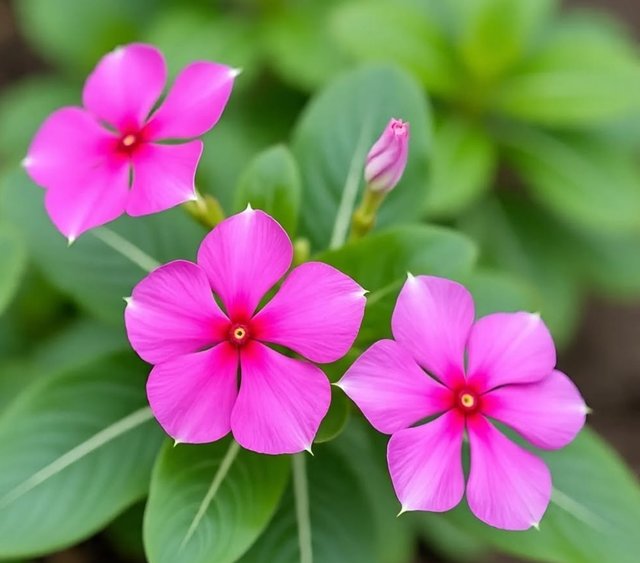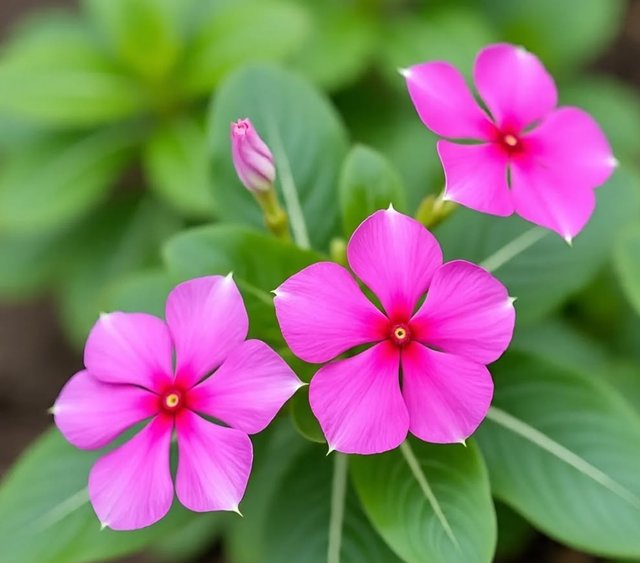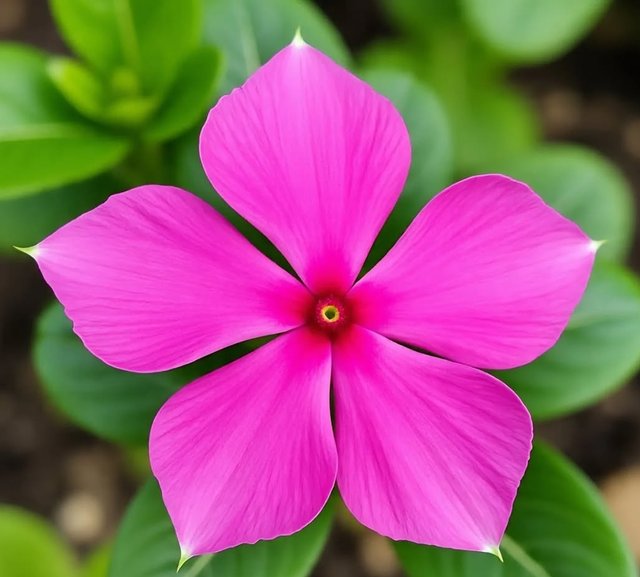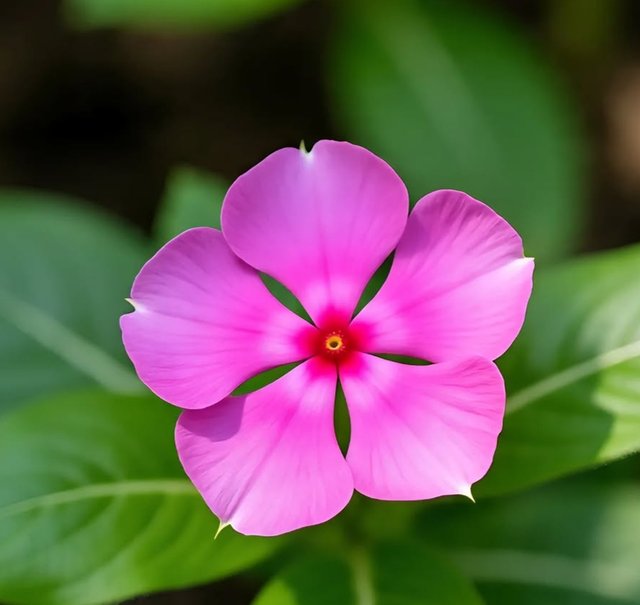Madagascar Periwinkle Flower
Madagascar Periwinkle: A Colorful Beauty with Remarkable Medicinal Value
Madagascar periwinkle, also known as rosy periwinkle, is a charming flowering plant admired for its delicate beauty and astonishing medicinal properties. Belonging to the dogbane family, this evergreen perennial originates from Madagascar but has become naturalized in many tropical and subtropical regions worldwide. Whether grown as a garden ornamental, a container plant, or a source of powerful pharmaceutical compounds, Madagascar periwinkle holds a special place in horticulture, traditional medicine, and modern science.
Botanical Features
Madagascar periwinkle is a low-growing, bushy plant, typically reaching 30–100 cm in height. It features glossy, oval-shaped green leaves arranged oppositely along smooth, slender stems. Its blooms are the true stars—five-petaled flowers that come in shades of pink, white, red, or lavender, often with a contrasting eye at the center. These cheerful blossoms appear almost year-round in warm climates, making the plant a favorite for gardeners seeking continuous color.
The plant produces small, cylindrical seed pods, but propagation is more commonly done through seeds or cuttings. Its hardy nature allows it to thrive in poor soils, full sunlight, and hot, dry conditions, making it a versatile addition to gardens and landscapes.
Growing Conditions and Care
Madagascar periwinkle is easy to cultivate and ideal for beginner gardeners. Here are some tips for successful growth:
Light: Prefers full sun but can tolerate partial shade. Full sunlight encourages more abundant flowering.
Soil: Well-drained, sandy or loamy soil works best. It can tolerate poor soils but does not thrive in waterlogged conditions.
Watering: While drought-tolerant once established, it benefits from regular watering. However, overwatering should be avoided to prevent root rot.
Temperature: Thrives in warm weather and is sensitive to frost. In cooler climates, it’s often grown as an annual or brought indoors during winter.
Maintenance: Deadheading spent flowers encourages continuous blooming. Minimal fertilization with a balanced fertilizer can boost growth and flowering.
Because of its resilience, Madagascar periwinkle is often planted in roadside gardens, public parks, and home landscapes where low-maintenance plants are needed.
Cultural and Ornamental Uses
Madagascar periwinkle is prized as a bedding plant, ground cover, or border edging. Its ability to bloom prolifically even under challenging conditions makes it a popular choice for brightening up gardens, balconies, and patios. In tropical regions, it’s sometimes allowed to naturalize and is valued for its ability to control soil erosion on slopes or sandy soils.




%20(8).jpeg)